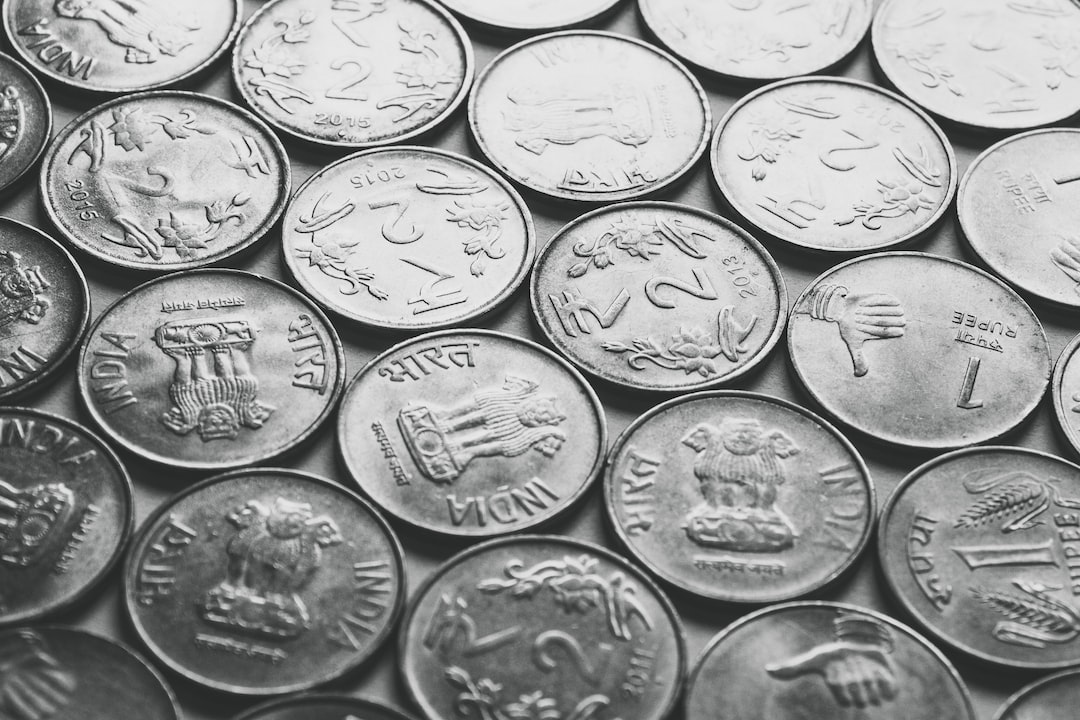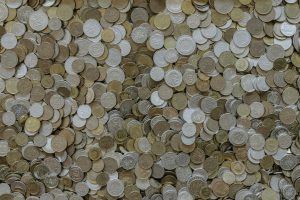Forex charts are a vital tool for traders to analyze the market, understand the trend, and make informed trading decisions. Analyzing forex charts can help traders understand the behavior of the currency pairs they are trading and identify potential trading opportunities. In this article, we will discuss how to analyze forex charts.
1. Choose the Right Chart
The first step in analyzing forex charts is to choose the right chart type. There are four types of charts commonly used in forex trading, namely line charts, bar charts, candlestick charts, and Renko charts. Each chart type presents data differently, and traders should choose the one that best suits their trading style.
Line charts are straightforward and display the closing price for each period. Bar charts are more detailed and show the opening, closing, high, and low price for each period. Candlestick charts are similar to bar charts but have a different visual representation. Renko charts are not time-based and instead use price movement to create bricks, which can help traders identify trends.
2. Identify the Trend
Once you have chosen the right chart type, the next step is to identify the trend. The trend is the direction in which the price of a currency pair is moving. There are three types of trends, namely uptrend, downtrend, and sideways trend.
An uptrend is characterized by higher highs and higher lows, while a downtrend is characterized by lower highs and lower lows. A sideways trend, also known as a range-bound market, is when the price of a currency pair moves horizontally between two support and resistance levels.
Traders can use different tools to identify the trend, such as trend lines, moving averages, and chart patterns.
3. Use Technical Indicators
Technical indicators are mathematical calculations that use past price data to predict future price movements. There are many technical indicators available, and traders should choose the ones that best suit their trading style.
Some commonly used technical indicators include moving averages, relative strength index (RSI), stochastic oscillator, and MACD. Moving averages help traders identify the trend, while RSI and stochastic oscillator help traders identify oversold and overbought conditions.
4. Identify Support and Resistance Levels
Support and resistance levels are areas on the chart where the price of a currency pair has previously found support or resistance. Support levels are areas where the price of a currency pair has previously bounced off, while resistance levels are areas where the price of a currency pair has previously found resistance.
Traders can use support and resistance levels to identify potential entry and exit points. If the price of a currency pair is approaching a support level, traders may consider buying, while if the price is approaching a resistance level, traders may consider selling.
5. Monitor Economic News and Events
Economic news and events can have a significant impact on the forex market. Traders should monitor economic news and events and their potential impact on the currency pairs they are trading. Some important economic news and events include interest rate decisions, employment data, GDP reports, and central bank speeches.
Traders can use an economic calendar to keep track of upcoming economic news and events.
Conclusion
Analyzing forex charts is an essential skill for traders to make informed trading decisions. Traders should choose the right chart type, identify the trend, use technical indicators, identify support and resistance levels, and monitor economic news and events. By following these steps, traders can gain a better understanding of the market and improve their trading performance.





